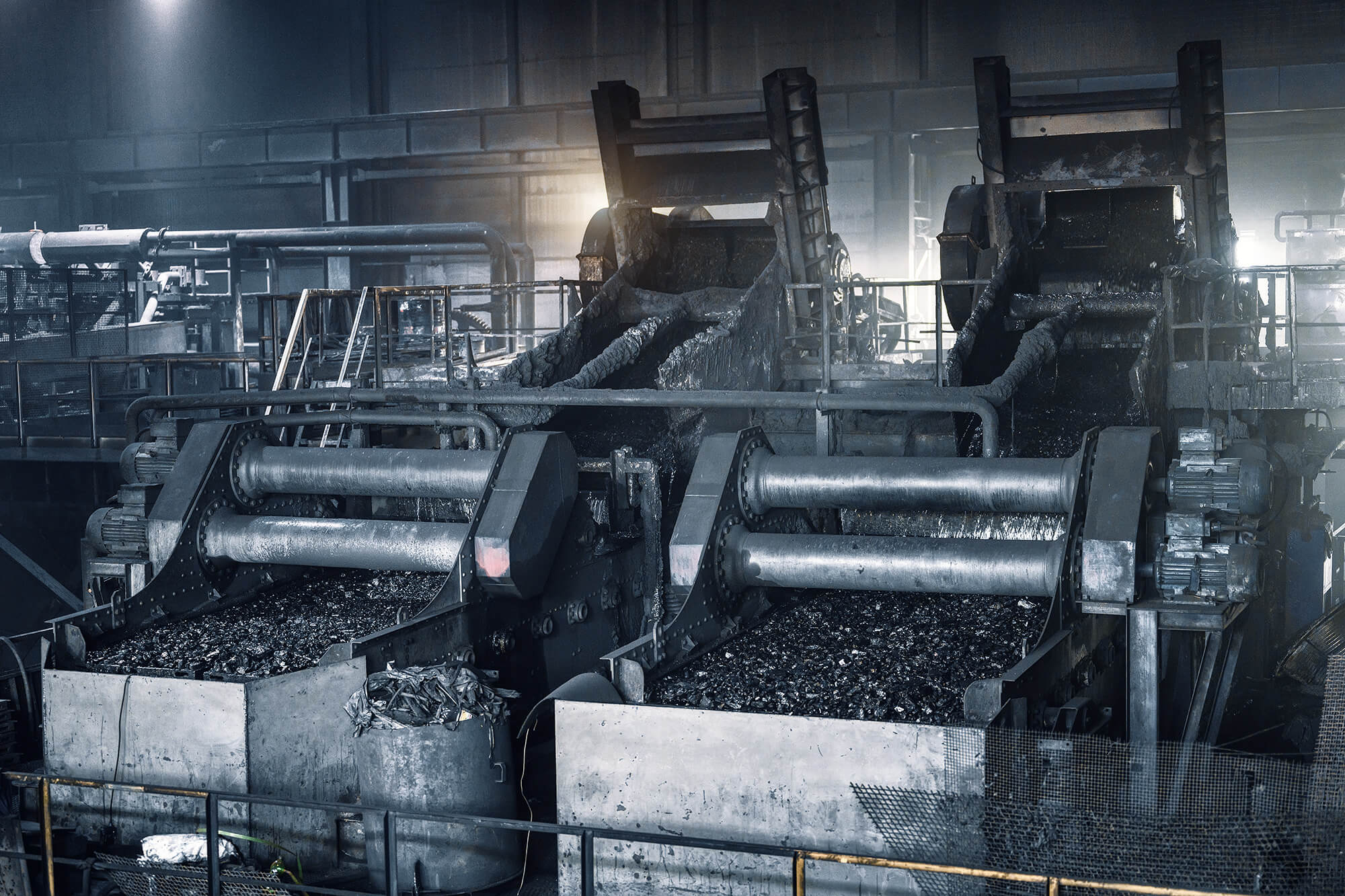Scope of the Grootegeluk Medupi Expansion Project (GMEP)
This is one of the largest mining growth projects in Southern Africa with a capital cost expected to total $800 million (R10,2 billion). On completion, Grootegeluk will be the largest coal operation in the world, producing some 33Mtpa of power station, coking and steam coal powering nearly 9000MW. On the mining side, the project incorporates cutting edge mining techniques including semi-mobile in-pit crushing systems. On the supervisory side, all the industrial automation and information aspects had to be completed in two years.
The scope of the industrial automation aspect of the GMEP included the development of 19 different functional design specifications, assembling 20 PLC panels as well as 192 remote I/O and 80 condition monitoring panels, installing 48 process cameras and associated networks, developing control standards, PLC coding and SCADA configuration, production reporting, full factory acceptance testing, site installation and interfacing to third-party vendor equipment – and then came cold commissioning in parallel with the operational facility as well as the systematic hot commissioning and cut-over to full production.
Project Goals
- Looking at the following, it would seem that the brevity of the goals is inversely proportional to the quantity and quality of ingenuity, effort and resources that have to be invested in their realisation:
- Increase throughput from 8,750 to 14,600 tonnes per hour
- Supply the Medupi power station with an average of 14,6Mtpa
- Introduce high levels of operational safety
- Employ the latest technology in coal beneficiation and plant automation
- Provide flexibility in the coal beneficiation capacity
GMEP’s overall goal was to become a comprehensive coal beneficiation facility that, through the monitoring and control of crushers, screening, cyclones, larcodems (LARge COal DEnse Medium Separators) and filters as well as a complete stock yard management system, would deliver quality coal into Eskom’s Medupi silos.
Solution Selection
Exxaro has standardised on Wonderware (now IS³) technology for its coal plants so it made sense to continue building on this platform since scalability and functionality are two of its hallmarks that met the characteristics of this project. Exxaro chose system integrator Control Systems Integration (CSI) for the implementation because of the company’s ten-year successful partnership during which quality solutions have been implemented into all eleven of Exxaro’s coal facilities as well as its headquarters. CSI’s reputation for successful and value-driven industrial implementations has won the company numerous accolades and awards.
Implementation
This was a new site featuring completely automatic and integrated plant operation and control. The system has automatic start/stop procedures and PID loops are used instead of labour-intensive manual operator controllers. Automatic control allows faster start-up times, better plant availability, reduced downtime and improved reporting.
A virtual environment was created on AVEVA’s System Platform (based on ArchestrA technology) to host InTouch (HMI/SCADA), Historian and MES Performance for nine Application Object Servers (AOSs), sixteen InTouch touch panels, twelve InTouch operator stations and four engineering stations though a 200k/100k galaxy repository. At the front end were twenty PLCs servicing over 155 000 combined I/Os.
Software Toolbox’s Top Server was used for device communications. Historian captures 250Mb of data from 50 000 tags daily.
“The upfront definition of automation standards resulted in uninterrupted delivery of the automation system,” says Tinus Botes, CSI Director. “The use of AVEVA’s System Platform’s technology certainly reduced engineering costs and will also reduce training and support costs through the use of common standards and applications.”
CSI implemented a master controller system which deals with the higher-level logic functions of the plant in respect of sequences, parameters and KPIs. “This effectively provides the plant with double-tier control,” says Botes. Another aspect of the control system is the management of a special brake control procedure (designed by Binder) for the conveyor as it conveys many tons of waste back into the pit. “This was rather complicated as extensive testing was required to make sure everything worked as it should,” adds Botes. “An interesting feature was the use of a regenerative VSD drive to generate power from the braking of the inclined conveyor.”
The stockpile management function provides for the exact logging of the location of particular grades of coal in the stockyard as well as what the stackers and reclaimers were doing there before they were commissioned for other tasks. This required an interface between the stockpile management system and the various machines in the yard.
The monitoring of equipment downtime and utilisation in the plant is the responsibility of AVEVA MES (Performance). “The detailed downtime reporting available to management helps them optimise operations,” says Botes.
Challenges
“Apart from its sheer size and complexity, we had a number of memorable challenges during the implementation of this project,” says Botes. “One was interfacing to several different third-party suppliers and the integration of their solutions into the system. Another was the systematic hot-commissioning cut-over to full production, per section, while production was in full operation on previously-commissioned sections – this required some very careful scheduling. Then there were the difficulties with new technologies being implemented for the first time such as the control of the regenerative drives on the conveyors, control of the high-power brakes for the inclined conveyors and the new stockyard management system with its interface to the yard machinery. Lastly, because this was a lengthy project, we also needed to incorporate new software upgrades at the same time as everything else. ”
Benefits
- Performance payback – Due to on-time delivery and commissioning of the project, Exxaro could claim performance against their contract with Eskom – $235 million (R3 billion) benefit to Exxaro by December 2014 (Source: Beeld Sakenuus Friday 23 August 2013).
- Completely automatic plant (multi-level auto master control with a high-level controller controlling the plant sequences and parameters, auto start and stop procedures, auto PID control)
- High degree of automation helps operators cope with complex processes – more so than with traditional approaches
- Detailed AVEVA MES Performance reporting enables management to minimise operations downtime and optimise production throughput
- Reduced engineering, support and training costs through the use of common standards and applications
- Simplified maintenance – Downtime is captured and reported via MSSQL Reporting Services
Conclusion
“We believe that the completely automatic operation of a plant of this magnitude and complexity is due to be a noteworthy achievement that will serve Exxaro well,” says Botes. “The master control concept with its automatic start/stop procedures will effectively provide dual control over the plant which will make it easier for operators to manage a complex environment.”
This level of automatic control allows for faster start-up times, better plant availability, reduced downtime and improved reporting. Top of the agenda from the start was the definition of standards, thorough system design and detailed factory acceptance testing before moving onto the site, all of which added up to an uncommon level of implementation excellence.


